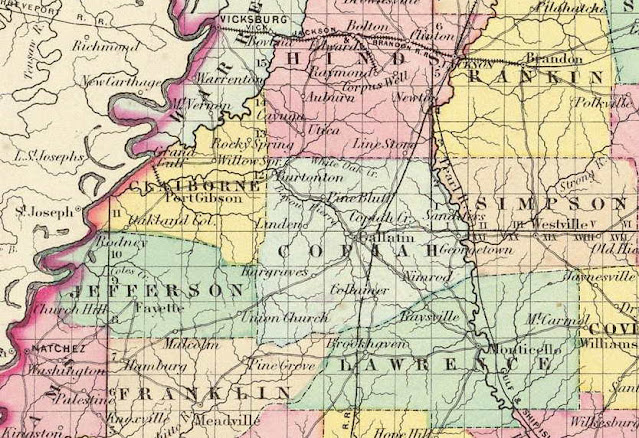Day 11: The wetness, and the mess. Dec. 29 2017.
I think this has to do with oil. The oil and petrochemical sector make up 80% of exports, but employ only a small fraction of the population. Much of the revenue goes direct to the government, which builds glitzy tower blocks for itself and neglects the roads. The government creates make-work employment for a substantial fraction of the population. A rational society would use all this oil money to build up tourist infrastructure, but they're not apparently doing that. Why? Well, I speculate the problem with tourism income is it's distributed widely over hotels and restaurants and other small businesses and service employees, and it's therefore harder for government corruptocrats to take their cut; whereas an oil company can simply grease the right palms with hundreds of thousands of dollars to get their drilling rights.
Anyway, enough of this grouching. Just after dawn, before breakfast, we went out to get better pictures of the caciques, up a gravel road near the river.
There was also a streaked flycatcher and a yellow oriole. Here's the flycatcher.
I decided to live dangerously; you can't visit the Caribbean without some salt fish and cocunut cake for breakfast.
Then it started to rain, and rain, and rain. We sat in the cabin and looked out. The lawn behind the deck gradually flooded.
The river rose. In a brief break in the rain, we walked down to the Turtle Center, to see about hikes in the rainforest. The guide wanted to take us on a five hour hike. Are there slippery steep trails, Marjorie asked. He hummed and hawed, so we took that as a yes, and said no thanks. But we did find another cacique colony, right outside the center. And I photographed a spotted sandpiper, wintering here, and not at all spotted.
At lunchtime, we went foraging through the sad little town center for food. None of the restaurants was open. We settled for a couple of bags of chips and some beer for lunch. That afternoon, cabin-fever raging, I walked through the mud, in a brief respite from the pounding rain, down to the riverbank. There I managed to photograph two kinds of swallows, and failed to photograph the short-tailed swifts. Little buggers move fast. But here are the successes. First, the white-winged swallow...
...and then the southern rough-winged swallow...
...and way up in a tree was a common black hawk.
At dinner we had more wine, and my toe started to swell again. OK, no fish, and no booze.











Comments
Post a Comment